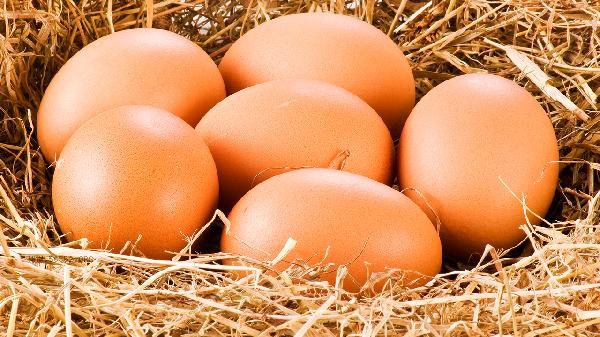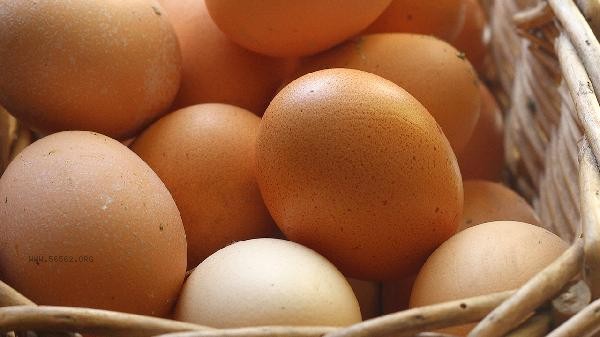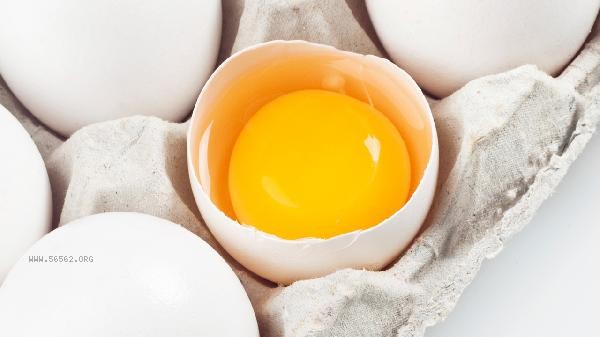Stewed chicken cake should be tender and smooth, and the key lies in the egg mixture ratio, heat control, and deodorization techniques. There are mainly methods such as moderate egg water ratio, filtering and defoaming, steaming with warm water, covering with plastic wrap, and stewing to prevent shrinkage.

1. Egg water ratio
The golden ratio of egg liquid to water is 1:1.5. Too much water can cause loose structure, while too little can result in a dry and hard taste. It is recommended to mix with 40 ℃ warm water, which can help the egg mixture fuse and avoid high-temperature coagulation of proteins. A small amount of salt can be added to enhance the water holding capacity of protein, but it should be controlled within 0.5% of the egg mixture.
2. Filter and defoam
The mixed egg mixture needs to be sieved 2-3 times to filter out undissolved frenulum and bubbles. Using a fine mesh sieve yields better results, eliminating over 90% of bubbles. Let it stand for 5 minutes to let the residual bubbles float, and use kitchen paper to absorb the surface foam, which is the key step to avoid honeycomb after steaming.
3. Steaming with Warm Water
After the water in the steamer boils, turn to medium low heat and maintain the water temperature between 85-90 ℃ for optimal results. Place the egg mixture bowl on the steaming rack, with the water level 1 centimeter below the bottom of the bowl. Slow steaming over medium heat can cause proteins to solidify slowly and evenly, while high heat can easily cause the surface to harden first and the bottom to be undercooked.

4. Cover with cling film
Seal the bowl mouth with high-temperature resistant cling film before steaming, and make 3-5 small holes with toothpicks for ventilation. This can prevent condensation droplets from falling and damaging the surface flatness, while creating a micro pressure environment to promote uniform heating. Choose food grade PE plastic wrap to prevent the release of harmful substances at high temperatures.
5. Stew to prevent shrinkage
After turning off the heat, continue to simmer for 3-5 minutes and use the remaining temperature to completely solidify the center. Sudden cooling can cause protein contraction and collapse. After removal, let it cool naturally for 2 minutes before peeling off the film. Use a knife to draw a circle along the bowl wall to remove the mold and maintain its complete shape. The taste is better when consumed after refrigeration, but it should not exceed 24 hours.

It is recommended to choose fresh eggs, as the protein structure of eggs stored for more than 7 days will gradually change and affect their taste. Ceramic bowls with uniform thermal conductivity should be selected for steaming containers to avoid local overheating caused by metal vessels. It can be paired with ingredients such as shrimp and Yaozhu to enhance freshness, but it needs to be blanched in advance. Control the single consumption within 150 grams, and high cholesterol individuals should consume in moderation. Clean the utensils promptly after steaming eggs, as residual egg liquid can easily breed bacteria.








Comments (0)
Leave a Comment
No comments yet
Be the first to share your thoughts!